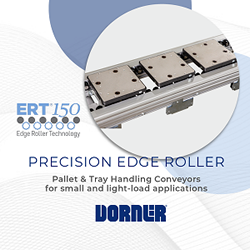Drones in Agriculture: Undeniable Value and Plenty of Growth, But Not the Explosion Others Predict
9 Tips to Improve Drone Flight Time
Sentera Adds Gimbaled NDVI Data Capture to DJI Phantom 4 Drone Series
How do Drones Help Farmers?
Bay Area aerial imaging startup teams up to detect disease in crops before outbreaks
What's the Difference Between a Drone, UAV, and UAS?
Sentera Sensors Transform DJI Inspire 2 Drone Into Indispensable Crop-scouting Tool
The 3 Main Categories of Drones and Their Advantages & Disadvantages
9 Ways Agricultural Drones Revolutionize Your Farm or Ranch
RGB Sensors Vs. NIR Sensors - Which Is Better for Measuring Crop Health?
A Tale of Two Sciences-Artificial Intelligence Meets Agronomy
This Drone Business Is a Flying Success. Find out Why.
Digital Technology Meets Agronomy
Using Agriculture Drones to Move From Analog to Digital Farming: A Case Study in Quantifying the Return on Investment
EU's future cyber-farms to utilise drones, robots and sensors
Records 61 to 75 of 90
First | Previous | Next | Last
Featured Product


